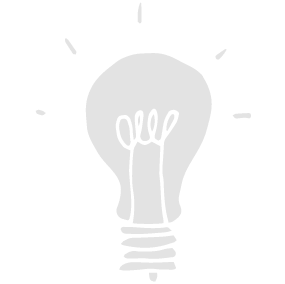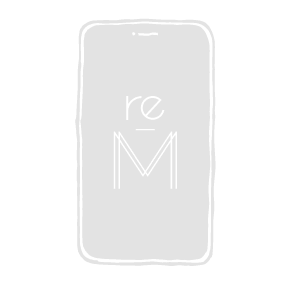The Internet of Things (IoT) is a remarkable concept: In one way it is still very theoretical and in another way it is already a network that is used every single day. The physical world is being re-invented and the Internet of Things is changing the world, as we currently know it, by encouraging and supporting new opportunities that we almost cannot imagine. This means that the objects that are connected to each other through the Internet are sending alerts to our phones, and thereby becoming specialized, personalized and intelligent, while adapting to our unique needs and demands. But we are still in the very beginning of this journey. Read further to discover five ways IoT impact our everyday lives – or very soon will impact almost everything we do.

Health care
Especially within the health and hospital industry IoT will develop in to solutions where wearable technologies can help reduce cost and improve security and quality in patient care. Based on data-capturing sensors and RFID chips, IoT solutions will enable advanced control of hospital resources, process optimization in patient care and smart asset management. Also outside the hospital, IoT in health care will increase significantly. For example, when a prescription is running low, an appointment will be made with your physician through automatic notification. In this way, doctors will also be kept informed with when and how often their patients are taking their medicine. Additionally, with the help of IoT, patients with ongoing health issues will be able to have things such as their sugar levels and blood pressure monitored remotely.

Driving and traffic
The IoT is set to fundamentally change the way we drive, meaning driving will get a lot safer and less stressful. Traffic lights will be able to adjust to real-time traffic conditions such as when an ambulance or another emergency vehicle is approaching. Furthermore, sensors in the road will be able to make changes to the speed limit based on weather conditions and previous accidents while communicating directly to the car dashboard about unsafe conditions. Other car sensors can monitor engine performance, find parking places, diagnose problems and even call for help in case of an emergency. Smart cars will become more and more connected, meaning that we soon will see driverless cars that will change the daily commute forever.
Related: Artificial Intelligence and how we use it in different industries today

Groceries
Today, you can get smart refrigerators with build-in cameras, so you can check its content while you are out shopping. In the future, we will see smart refrigerators that will sense when you are running low on groceries such as milk, eggs or butter and automatically send a grocery list to your smartphone. Stores can then push reminders to add groceries and other items when it predicts that you are about to run out – based on previous purchasing behavior and average buying trends. When you are walking through the grocery store, reminders will be pushed to your phone to make sure you never have to make that annoying second trip back to the store.

Energy consumption
Anything that can help us reduce strain on the environment has to be embraced. High-energy consumption household appliances will adjust based on dynamic price signals to lower your electric bill. The lighting and thermostats in your house will be able to learn your personal habits in order to create the optimal setting – based on your daily lifestyle. For example, making sure your house is the ideal temperature before you return home. Additionally, these smart devices will also sense when no one is home and thereby turn off appliances automatically to reduce costs and wastes.

Wearable technology
Wearable technologies have probably gotten the most attention in the Internet of Things discussion to date. Many wearable products are today in their second or third generation, offering better designs and more integrations with other different types of systems. From monitoring sleeping patterns and hearing aids, to tracking activity and progress during workouts, the devices we wear are becoming a lot more sophisticated. They can connect to our social media accounts and track data that can be used to analyze various behaviors and help us improve our lives.
Related: Top tech trends 2018
Follow these links if you would like to know more about the topic
How the Internet of Things can reshape your business
For Small And Midsize Businesses, What Good Is The Internet Of Things?
4 Reasons to Be Excited by the “Internet of Things”



